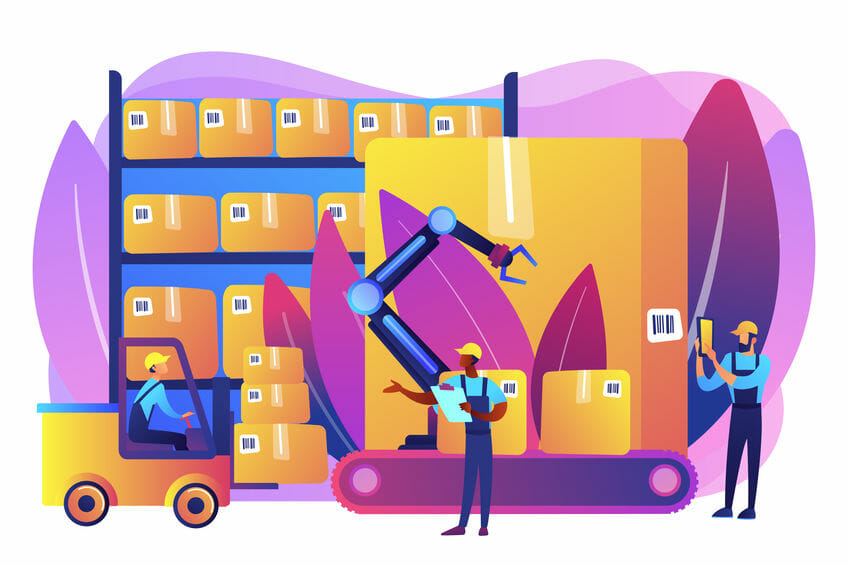When you want positional data for a forklift or similar in the loading dock or factory floor to ensure that the load is taken from the right place, or loaded at the correct container a good idea is to use our floor tag. The floor tag is part of a 125 kHz LF system and designed to be embedded in the floor – out of the way. All that is needed is to drill a small (ca 20mm) hole, drop in the tag and refill the hole.
An LF system is ideal in this case, it both reduces the risk of signals bouncing against the surrounding metal and the risk of reading a neighboring tag instead. We typically install our Ideal125 LF reader in the truck, connected to the trucks terminal wich forward the positional data to the WMS, etc. The antenna is then mounted under the forklift.

As a complement to this positional system. our EVS144 series of code readers can be mounted on the front of the forklift, to id the load and fed back this info to the WMS together with positional data to ensure that the right goods end up in the right position.
Please contact us for more information.


















